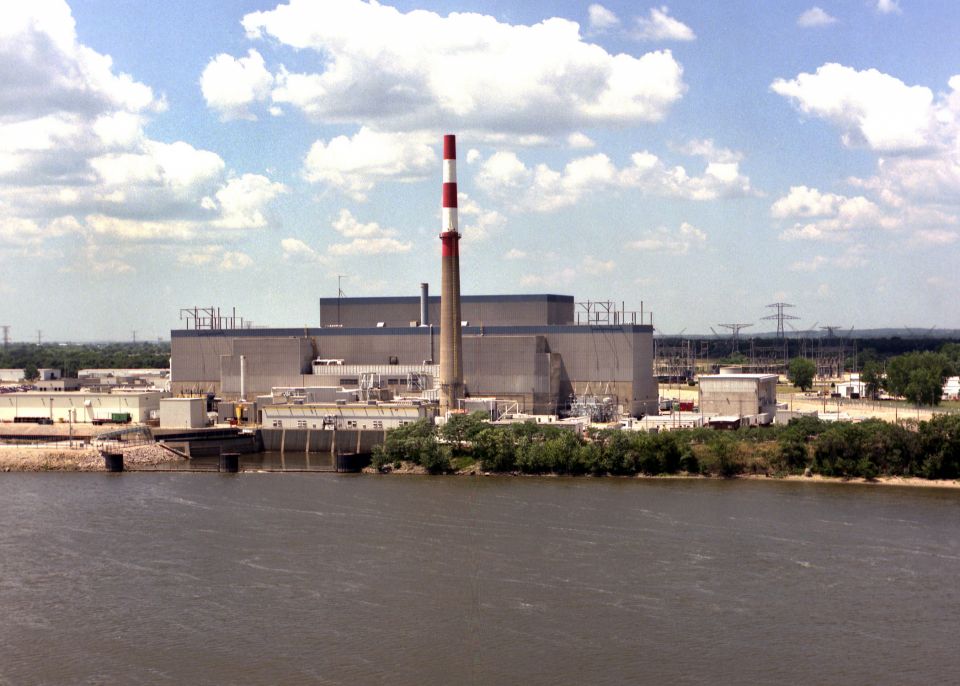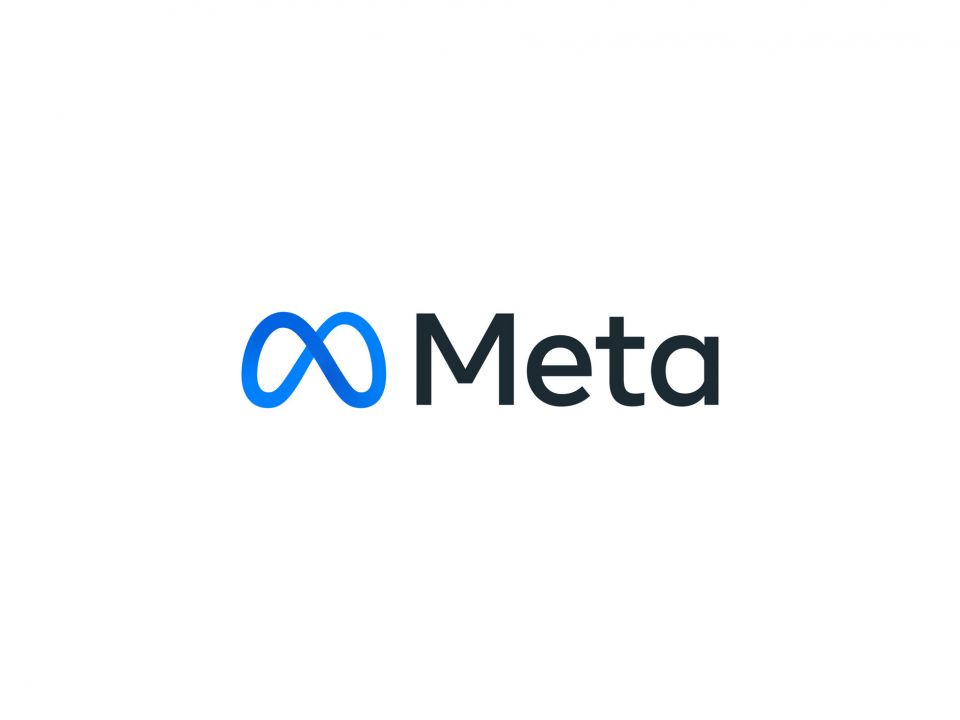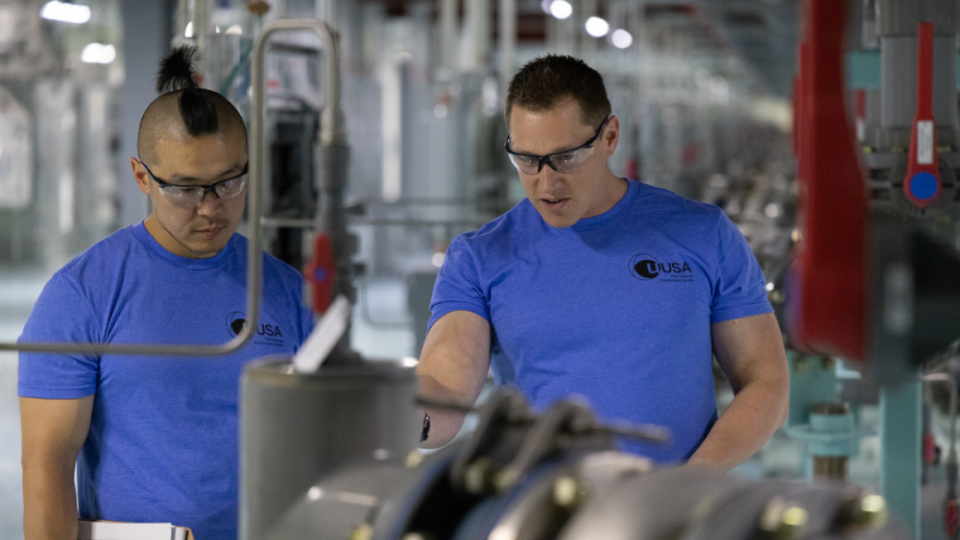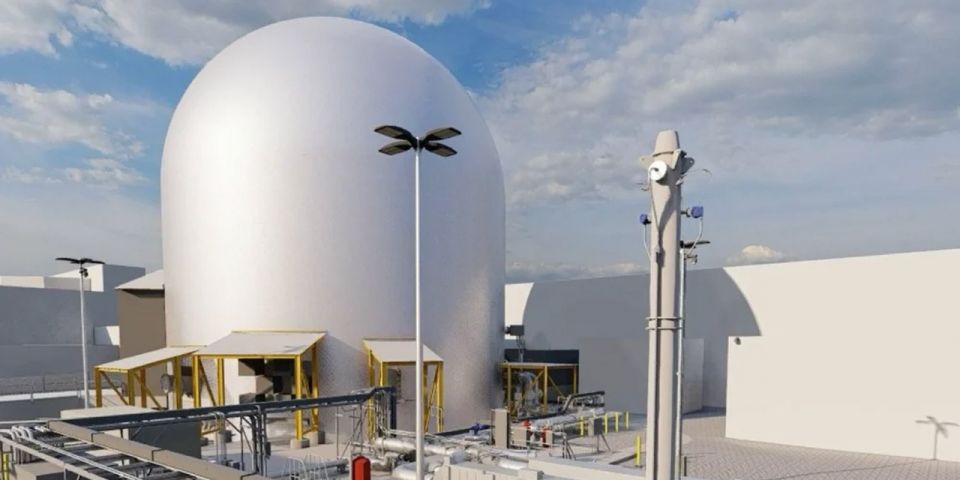The U.S. nuclear fuel Gordian knot: The uncertain path forward

In the last few weeks of 2021, when it was clear that the Russian invasion of Ukraine had put this country’s uranium fuel supply in jeopardy, nuclear energy advocates lobbied hard to attach provisions to various pieces of “must-pass” legislation—such as the National Defense Appropriations Act (NDAA), the Ukraine Supplemental Appropriations Act, the Infrastructure Investment and Jobs Act, and the CHIPS and Science Act—to have the government get the ball rolling on new domestic uranium fuel production capacity. Four times they thought they had succeeded, that Congress was going to allocate enough money to start the United States on the road to a secure supply of reactor fuel, including the higher-enriched fuel needed for advanced reactors.





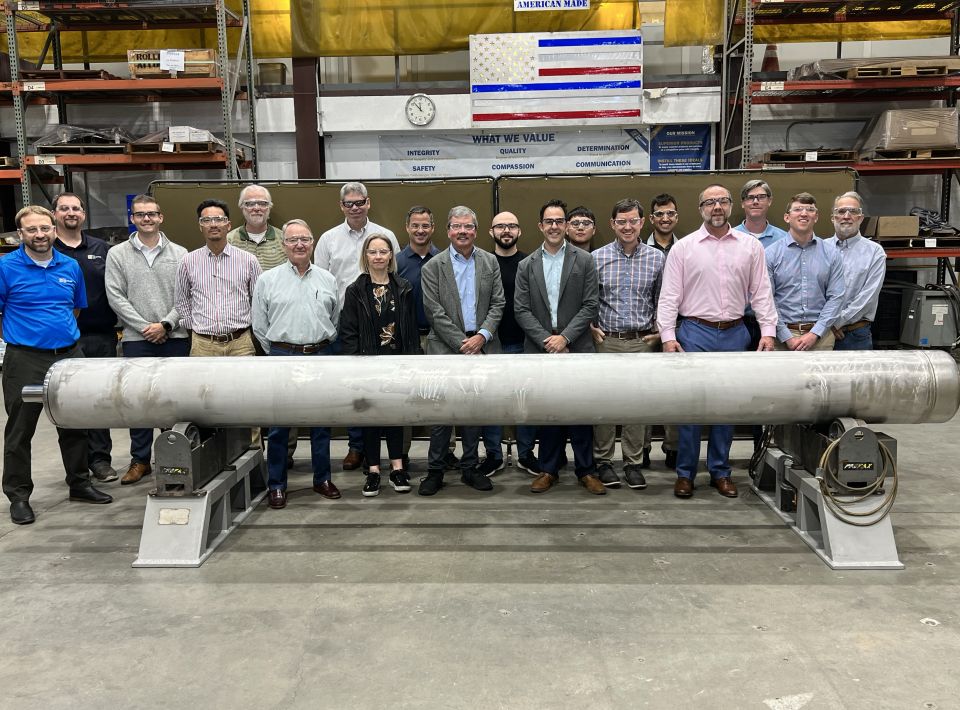 rotated.jpg)
